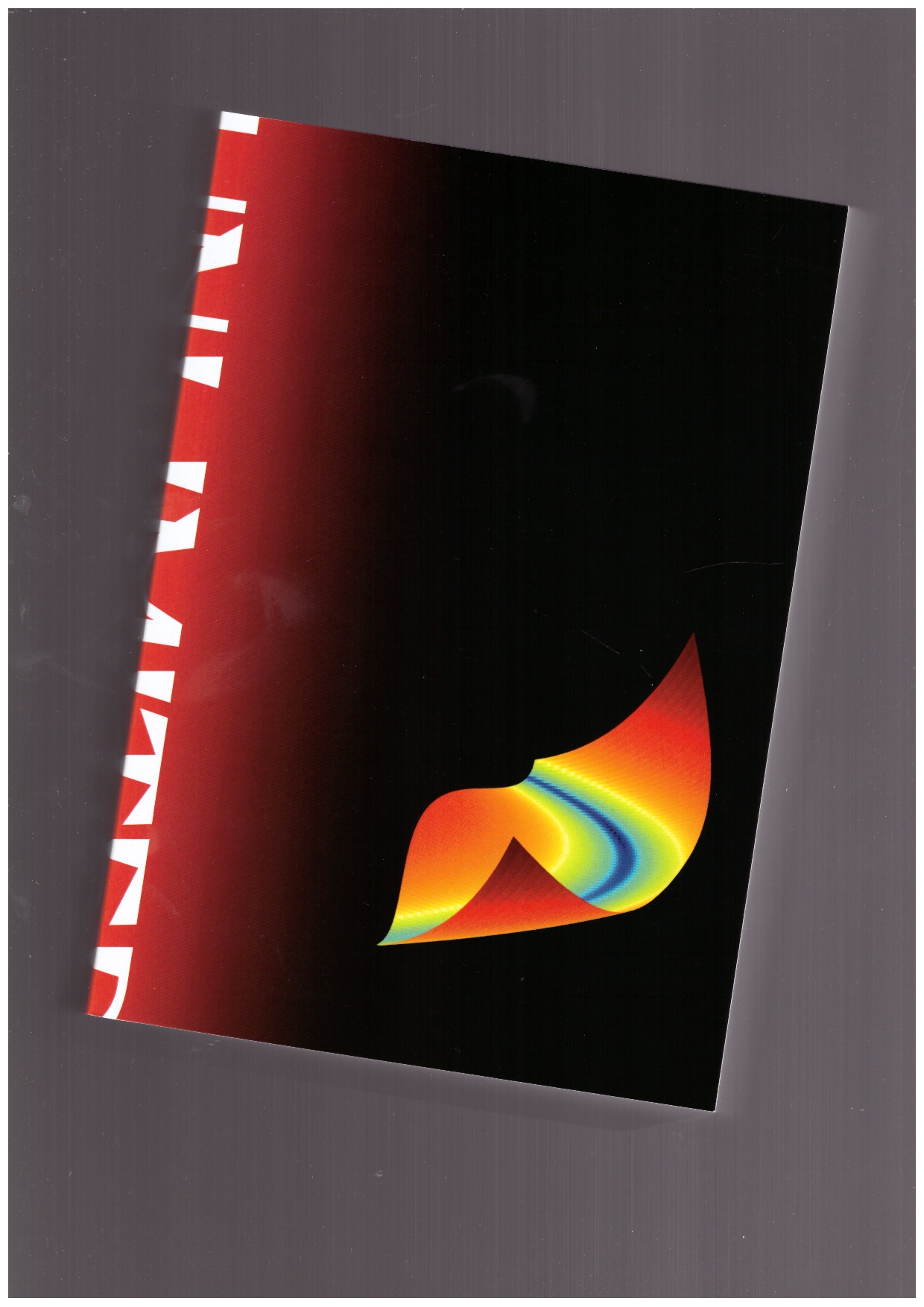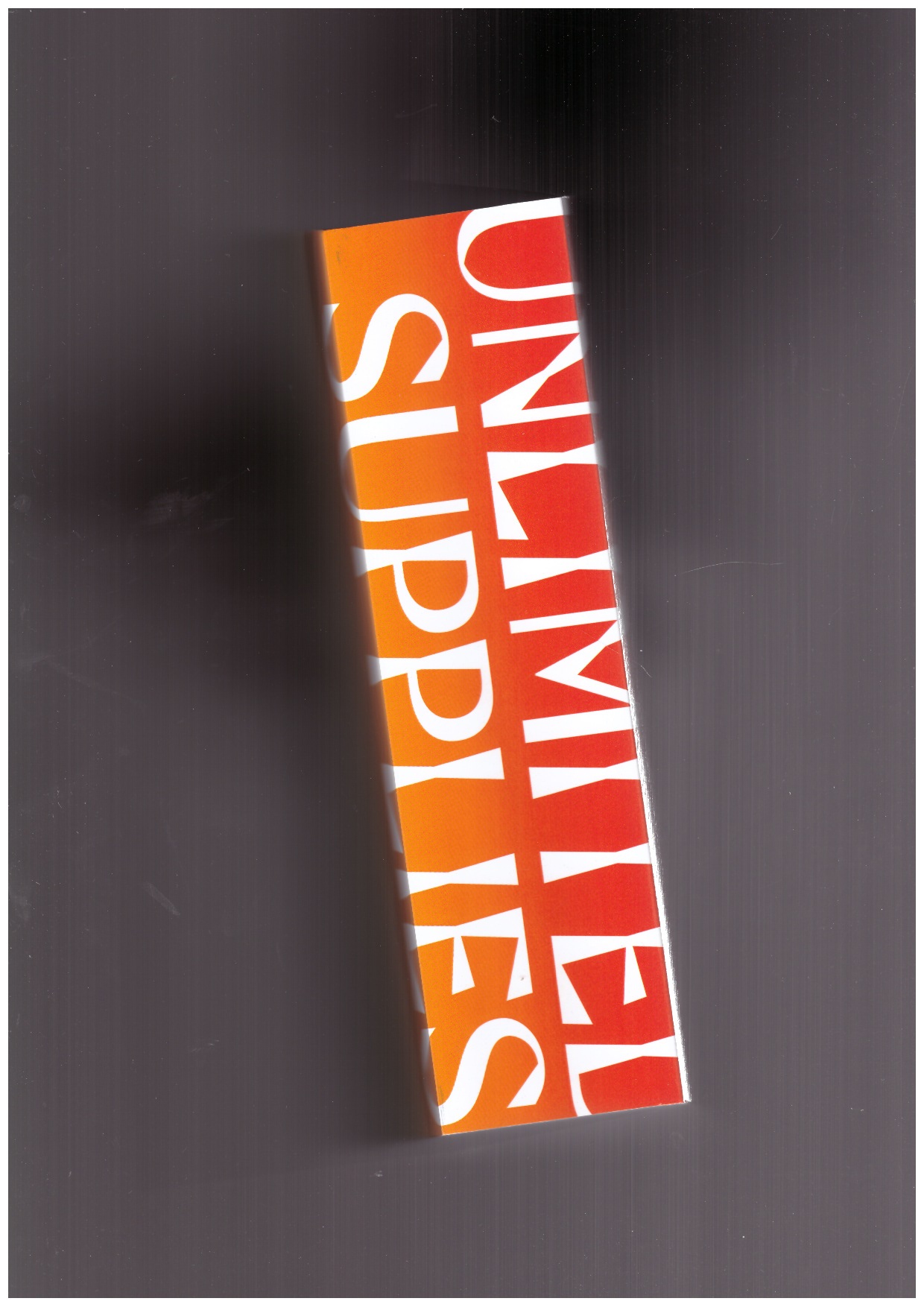VOGLIAZZO, Filippo; VANDERLINDEN, Violette
UNLIMITED SUPPLIES
On the 22nd of October 1938, Chester Carlson produced the first Xerographic print in history: a blank square reporting the information “10.-22.-38 ASTORIA”. The image has a painterly quality in its white background and the information reported is a pin for a specific moment in space and time. There is no record of Carlson’s interest in Russian Suprematism art, but the first Xerox reminds one of an artist’s signature on a monochromatic white canvas, as if the 1918 White on White painting of Kazimir Malevich was used as a template to demonstrate the machine’s effectiveness.
At the time of Xerox’s invention, monochrome paintings were already regarded as some of the first works in western art that approached a gap between conceptual ideas and their visual formalization through color. While Carlson’s invention quickly became a stable presence in offices and schools worldwide, monochromes, in all of their formal declinations, characterized a trait of western art for more than a century. Still, if Xerox is a medium to explicitly reproduce information, monochrome art often addresses concepts implicitly. While the role of Xerox has been instrumental in the growth of bureaucratic paperwork as much as in the free circulation of images and ideas, monochrome art simultaneously established its existence as a field of conceptual discussion inextricably connected to human vision and the perception of color. From tax and insurance forms, to political pamphlets and scholarly literature, the Xerox machine became an ubiquitous medium for the conveyance of information, and its raw black- and-white quality became a visual trademark that defined an aesthetic of the ordinariness.
UNLIMITED SUPPLIES is a publication by Filippo Vogliazzo and Violette Vanderlinden, in which 500 circulating images of monochromes are collected and manually copied using a Xerox. The reproductions of the artworks in black-and-white occupy the gap between the eye that perceives color and that which is identified as art by the gaze of the observer. This action initiates a subtractive process of visual quality in existing images, ineluctably producing new images — thereby questioning the survival of the conceptual work behind them.
An operation of conceptual trivialization of monochromes is enacted by the book through the use of the Xerox machine as a medium, an instrument of ordinary knowledge disclosure as well as a weapon of bureaucracy: office aesthetics is applied to art history.
In this subtractive process, each new book is a copy of the previous one, conducted in cycles of eight, each cycle an edition. The books are printed on demand, following the same procedure — potentially ad infinitum. Through this performative action, the artworks are withdrawn from their status and returned as ghostly images in a continuous circulation of visual information.
[artists note]
Self-Published, 2021
Artists' Books / Design

